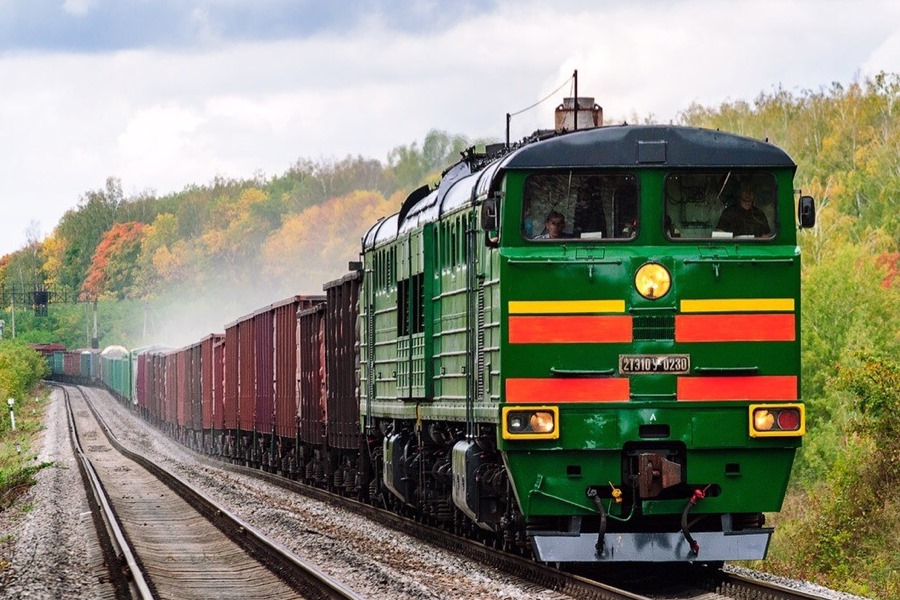
Warehouse and cargo terminal logistics are increasingly being combined into a single infrastructure. In an ideal worldview, these parts of a supply chain are usually considered separately from each other. But in real life it is quite possible that warehouses are being built on the territory of the terminals, and railways are leading to the warehouses. For this reason, IT developers are also trying to combine solutions for warehouses and terminals in one product, so that it is convenient for companies with different infrastructures to use it.
The Russian news agency RZD.Partner tells about this in an article that we have translated for our readers.
For example, the SOLVO company now offers a single platform Solvo.SCE, which combines systems for the automation of a warehouse (WMS), a warehouse yard (YMS), a cargo terminal and a multi-purpose transshipment complex (TOS), as well as various auxiliary solutions for communication with customers, calculating prices for services and generating invoices, uploading reports, statistics, etc.
Now the company is integrating its TOS solutions into the Solvo.Yard system for automated warehouse yard management.
“The Solvo.TOS system contains solutions for the automation of the railway front of the cargo terminal. These solutions can be adapted and applied for rail-equipped warehouses. Right now, we are implementing a project for a manufacturing enterprise, where it is necessary to automate the planning and processing of auto visits, as well as the work of the railway front. The company needs to manage the supply of wagons for cargo handling operation, identify wagons using RFID, work with both packaged and liquid products, weigh in several stages, and much more", the company's sales department reports.
This solution can be used not only by warehouses, but also by those terminals that require only certain functionality.
The added module contains its own data "SOLVO", accumulated from the experience of implementing similar projects with TOS. Information from external sources is also downloaded into the system. Additional railway directories with information on the tracks, junctions, stations of departure and destination, loading and unloading tracks, sludge tracks are requested from railway logistics operators. Information on the models of railcars, their length, the possibility of calculating the mileage, the owners of the railcars, and other data are transmitted to the system by the clients of the warehouse or terminal.
Wagon visits to a warehouse or terminal can be fixed in several ways, depending on the preferences of each company. This procedure can be carried out in a semi-manual mode, when a warehouse employee walks around the wagons and enters their numbers into the system. Either the numbers of arriving wagons are automatically downloaded into the system from external systems.
A special Android application allows employees to fix the beginning and ending of cargo handling operations with car and/or train visits, to fix all necessary data and records about problems into the management system.
Fully automatic scenarios of fixing railcars using RFID frames are also possible. The frames fix the railcars passing through them and send the information to the Yard Management System. In this case, not only the arrival, but also the types of arriving wagons will be recorded. Moreover, it is really possible to integrate not only with OCR, but even with conventional CCTV cameras.
And, finally, other systems installed at the logistics facility can record railcars visits and transfer this data to Solvo.Yard for further analysis and issuing decisions.
By all means, there are a lot of details. This means that many of the developments already implemented by SOLVO can be used and applied in the Yard Management System. The advantages of widely customizable solutions are precisely that many of them can be worked out for a specific project and get the result closest to the client's desired result.

